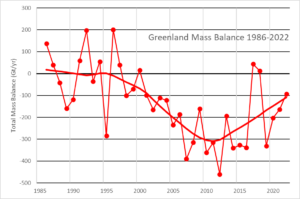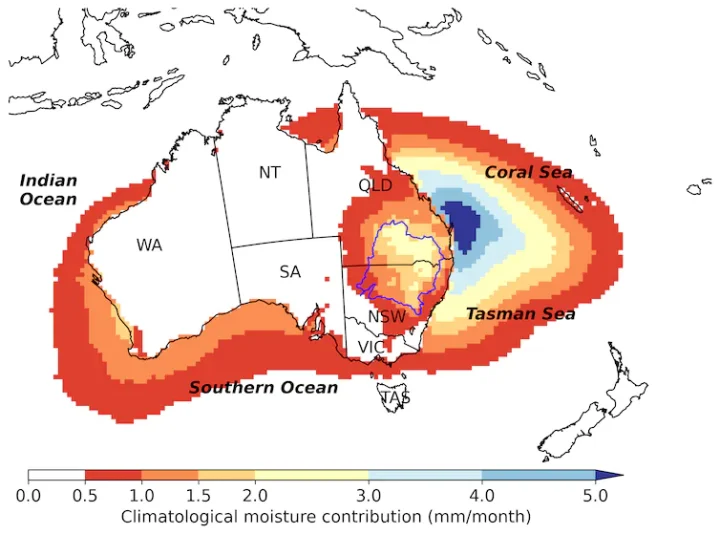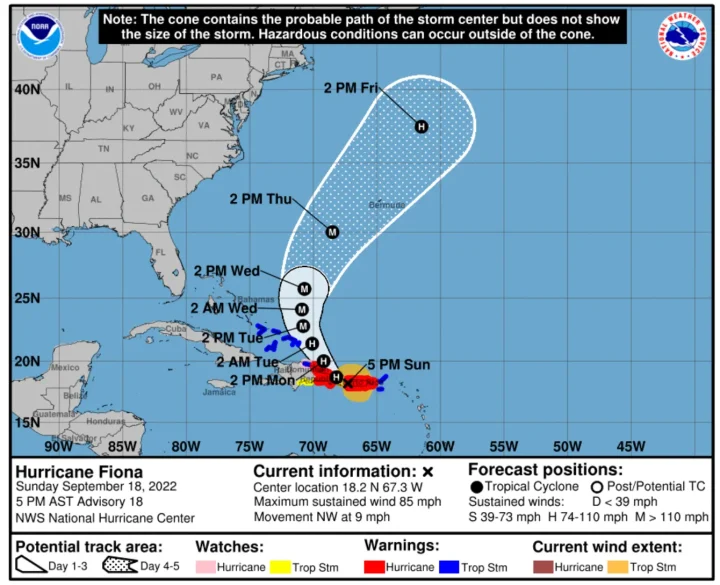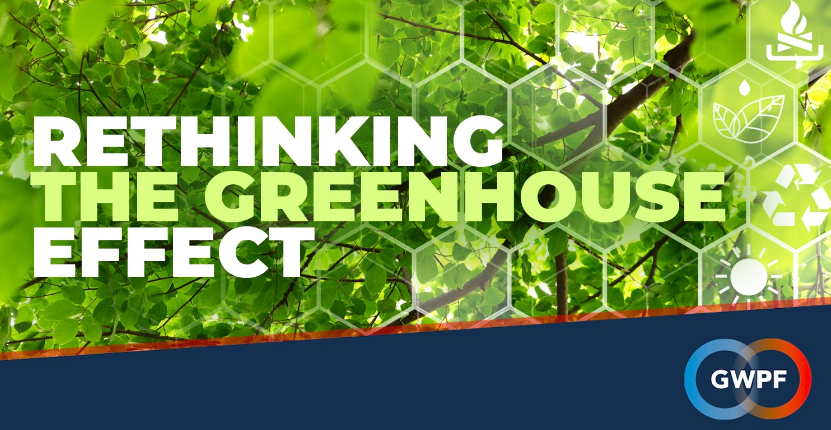The Coupled Model Intercomparison Project (phase 6) (CMIP6) global circulation models (GCMs) predict equilibrium climate sensitivity (ECS) values ranging between 1.8 and 5.7 ∘∘C. To narrow this range, we group 38 GCMs into low, medium and high ECS subgroups and test their accuracy and precision in hindcasting the mean global surface warming observed from 1980–1990 to 2011–2021 in the ERA5-T2m, HadCRUT5, GISTEMP v4, and NOAAGlobTemp v5 global surface temperature records. We also compare the GCM hindcasts to the satellite-based UAH-MSU v6 lower troposphere global temperature record. We use 143 GCM ensemble averaged simulations under four slightly different forcing conditions, 688 GCM member simulations, and Monte Carlo modeling of the internal variability of the GCMs under three different model accuracy requirements. We found that the medium and high-ECS GCMs run too hot up to over 95% and 97% of cases, respectively. The low ECS GCM group agrees best with the warming values obtained from the surface temperature records, ranging between 0.52 and 0.58 ∘∘C. However, when comparing the observed and GCM hindcasted warming on land and ocean regions, the surface-based temperature records appear to exhibit a significant warming bias. Furthermore, if the satellite-based UAH-MSU-lt record is accurate, actual surface warming from 1980 to 2021 may have been around 0.40 ∘∘C (or less), that is up to about 30% less than what is reported by the surface-based temperature records. The latter situation implies that even the low-ECS models would have produced excessive warming from 1980 to 2021. These results suggest that the actual ECS may be relatively low, i.e. lower than 3 ∘∘C or even less than 2 ∘∘C if the 1980–2021 global surface temperature records contain spurious warming, as some alternative studies have already suggested. Therefore, the projected global climate warming over the next few decades could be moderate and probably not particularly alarming.
…



 Sources of moisture in eastern Australia. Source: Holgate et al, 2020…
Sources of moisture in eastern Australia. Source: Holgate et al, 2020…
